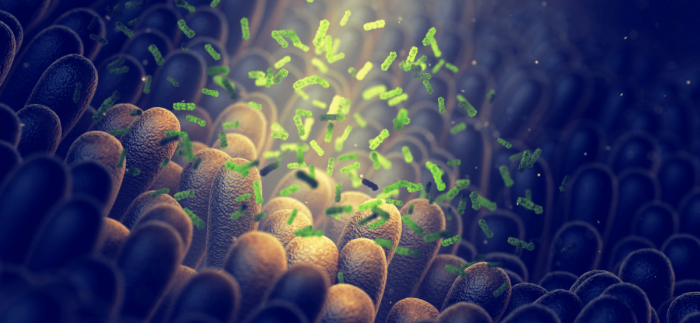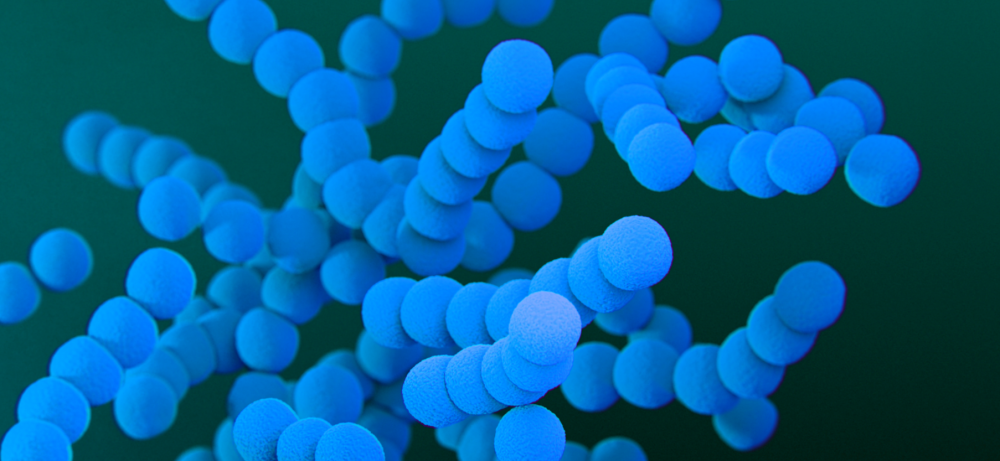In his 2020 mycological tour-de-force Entangled Life, the biologist Merlin Sheldrake describes microbiomes and the diverse lifestyles of the many trillions of microscopic lifeforms hitching a ride on the human organism:
“Some prefer the temperate forest of your scalp, some the arid plains of your forearm, some the tropical forest of your crotch or armpit. Your gut (which if unfolded would occupy an area of thirty-two square meters), ears, toes, mouth, eyes, skin, and every surface, passage, and cavity you possess teem with bacteria and fungi. You carry around more microbes than your ‘own’ cells. There are more bacteria in your gut than stars in our galaxy.”
Even the most stoic among us can’t claim a solitary existence when we take into consideration the 39 trillion microbes, protozoa, bacteria, fungi, and viruses that we carry around in the bustling metropolises of our bodies. And while microbiology is by no means a new field, and in fact forms the basis for many of our most significant scientific discoveries, it’s only been in the last few decades that the study of the interrelation between human beings and the varied microorganisms which they play host to have has become a subject of significant study, opening up new ways to understand health and the biological basis for our experience of the world.
Gut Instincts
While human beings team with microbes from scalp to sole, the undisputed Times Square of our bodily real estate is the gut. The human gastrointestinal tract is the most densely populated habitat on Earth, hosting up to 1000 individual species. This formidably complex and sensitive community of biological processes has led scientists to focus increasingly on the gut’s role in processes we’ve traditionally credited primarily to the brain. The gut-brain axis, the bidirectional communication between our stomachs and our gray matter, has become one of the most scrutinized systems in human physiology; playing a role in emotional regulation, stress management, and our experiences of joy and fear.

Further understanding the gut-brain axis is of particular interest to psychedelic researchers hoping to better understand how psychedelics like psilocybin, LSD, and ketamine affect humans and their microbiomes. Many of the most positive aspects of psychedelic experience, like its ability to lessen depressive symptoms or reset the brain’s default mode network, are more praised than they are understood, and incorporating the gut and its ecosystems into psychedelic research has unlocked new theories. The gut is home to a far greater amount of serotonin receptors than the brain, and most classical psychedelics function as serotonin agonists, meaning that the gut is as receptive to their chemical effects, if not more, than the brain itself.
Bacterial imbalances in the gastrointestinal tract have been linked to inflammatory causes for depression, anxiety, and disorders of the central nervous system. That psychedelics may affect those imbalances provides a possible clue into how they might help alleviate those conditions. And some research indicates microdoses of psychedelics work primarily through receptors in the gut microbiome rather than the brain, potentially explaining why they can still have a beneficial effect even at sub-perceptual doses, and why those benefits remain long after the substance has exited the system.
The Stomach For Business
Excitement over contemporary research into psychedelics has already translated into action. The psychedelic therapy industry, major institutions and start-ups alike, has taken notice: companies like GoodCap Wellness are creating psilocybin-based products and protocols that take inflammation as the primary cause of disease and use psychedelics to target them both through the gastrointestinal tract and brain level. And therapists who employ polyvagal theory, a somatic-centered way of understanding trauma through its effect on the connection between our brains and digestive tracts, are now looking to incorporate psychedelics into their practices because of their powers to increase interoception.
The fact that we still don’t fully understand how psychedelics do what they do and make us feel the way they make us feel has complicated our species’ relationship to these substances for as long as we’ve been using them to alter our states of mind. As science has looked deeper into how the human body (and the microbiomes within) functions, we’ve learned more about psychedelics along the way. However deep we go, from the dilation of our pupils to the inner lives of our gut flora, psychedelics always seem to have penetrated as deeply into our fundamental human functions. If we are beginning to think of ourselves less as individuals and more as astonishingly diverse cellular communities, it’s not surprising to discover that our understanding of psychedelics, in all their mycelial and fractal variety, should be enriched as well.

